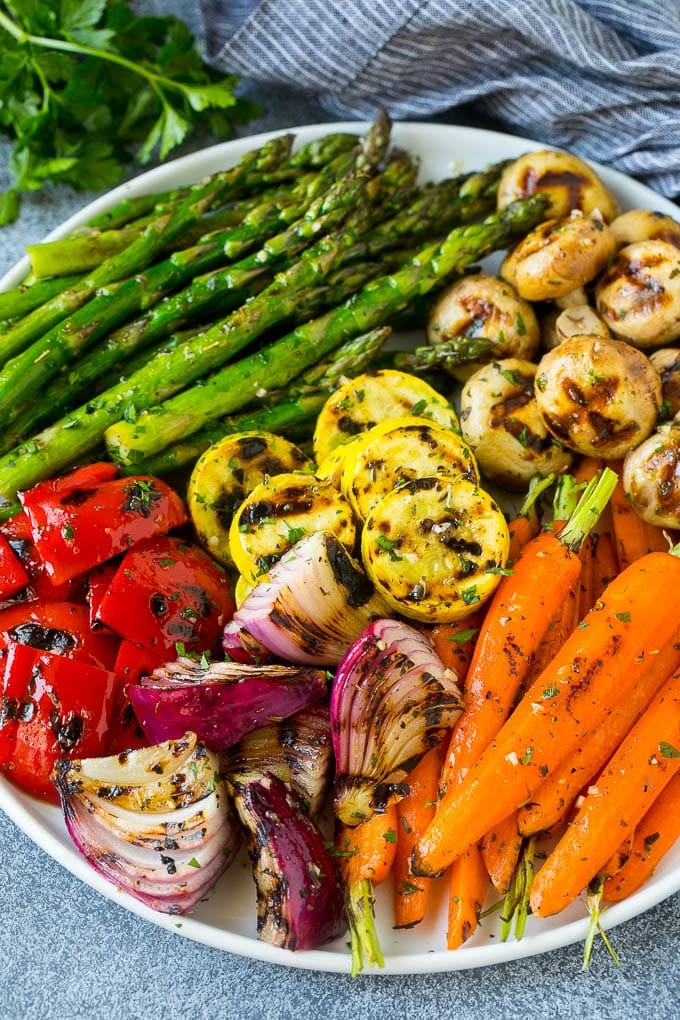05/10/2023
05/10/2023

NEW YORK, Oct 5, (Agencies): Ovens are remarkable culinary tools, that people rely on almost daily to craft delectable roasted vegetables. Whether it's quick and easy weeknight sides like broccoli and sweet potatoes or whole stalks of Brussels sprouts for dinner with friends, roasted vegetables are the unsung heroes of my kitchen.
If you've ever wondered why some of your roasted vegetables turn out perfectly while others resemble charred campfire remnants or become mushy, The secret is in the perfect oven temperature — along with precise cooking times for various vegetables.
The optimal temperature whether it's broccoli or cauliflower florets, cubed butternut squash, potatoes, or mushrooms, the key to achieving the most mouthwatering roasted vegetables lies in cooking them at the ideal temperature. The magic number is 425°F. This temperature strikes the perfect balance, delivering crisp-tender vegetables with a delightful hint of browning.
But how can you be certain that your oven is truly reaching the correct temperature? Some ovens run hotter, while others run colder. To ensure accuracy, consider inserting an oven thermometer. Even an affordable $5 thermometer, like this one, can get the job done effectively.
Roasting and baking both involve cooking foods through the circulation of hot air. While these terms are often used interchangeably, people associate roasting with higher temperatures compared to baking.
Baking typically occurs within the 325°F to 375°F range. Think of recipes like banana bread, pumpkin muffins, cakes, and cookies that thrive in this temperature zone, allowing them to rise, cook thoroughly, and develop flavor.
On the flip side, roasting occurs between 400°F and up to 475°F. Higher temperatures expedite the cooking process, resulting in a crispy, golden exterior while preserving tenderness within. After years of experimentation, I've concluded that 425°F yields the finest roasted vegetables.
Can you roast vegetables at a lower temperature? Certainly! A lower temperature, say 350°F to 375°F, will require more time but can yield soft, well-cooked vegetables if caramelization and crispiness are not a priority.
And what about roasting at a higher temperature? It's acceptable as well, but it heightens the risk of burning, especially with delicate items like broccoli florets and asparagus. Vigilance is required as they roast, as higher temperatures may cause the outer layer to cook rapidly, potentially leaving the interior undercooked.
Roasting time guidelines At 425°F, here's a breakdown of how long it typically takes to roast about one pound of uniformly cut vegetables (1 to 1 1/2-inch pieces). Be sure to use a spacious baking sheet, providing ample room between each piece, and remember to stir once or twice during cooking:
• Asparagus: 12 to 15 minutes • Broccoli florets: 15 to 20 minutes • Brussels sprouts: 15 to 20 minutes • Carrots: 15 to 25 minutes • Cauliflower florets: 15 to 20 minutes • Parsnips: 15 to 25 minutes • Potatoes: 30 to 45 minutes • Summer squash: 10 to 15 minutes • Sweet potatoes: 30 to 45 minutes • Winter squash: 30 to 60 minutes


